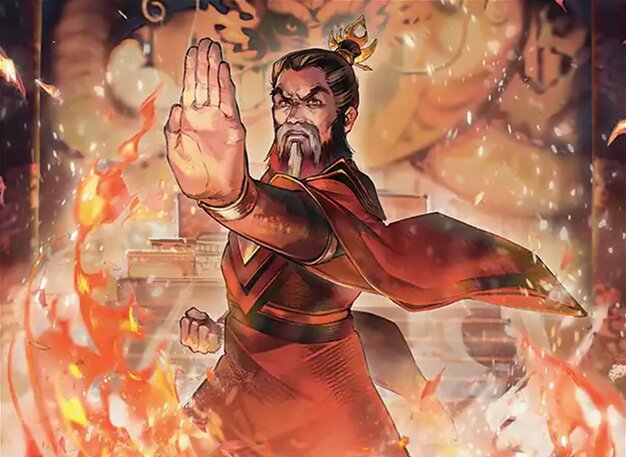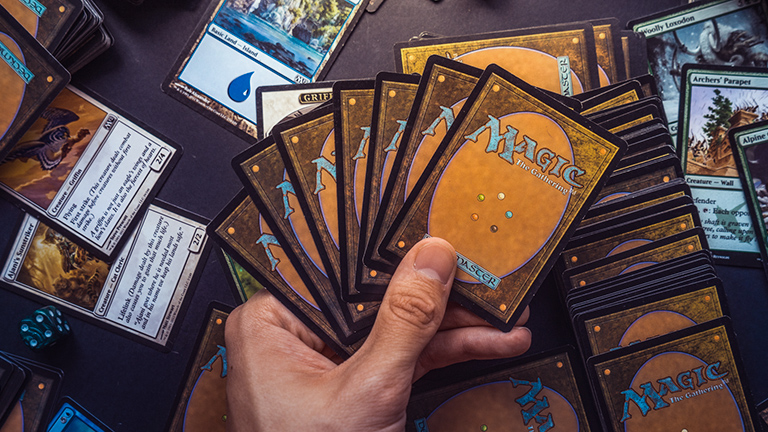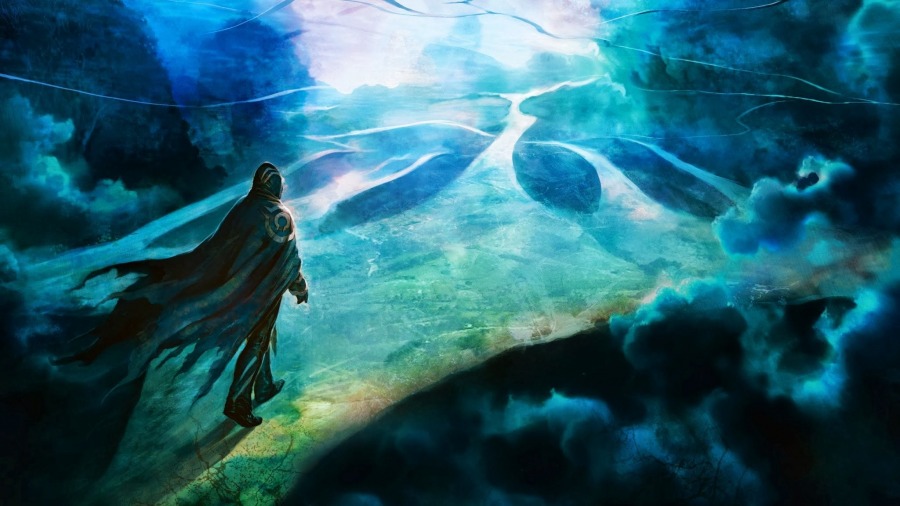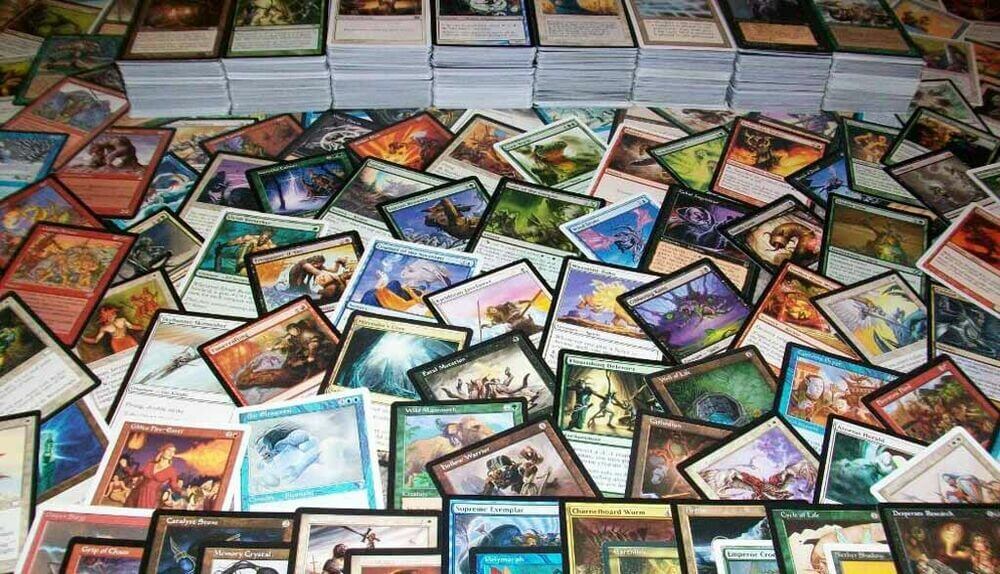
The Rise of Sozin has quickly captured the attention of MTG Standard players as one of the most formidable control tools previewed in recent sets. As a black Saga with a high-impact series of effects, it offers an elegant blend of board control, hand disruption, and inevitability: all in a single card.
Continue reading




